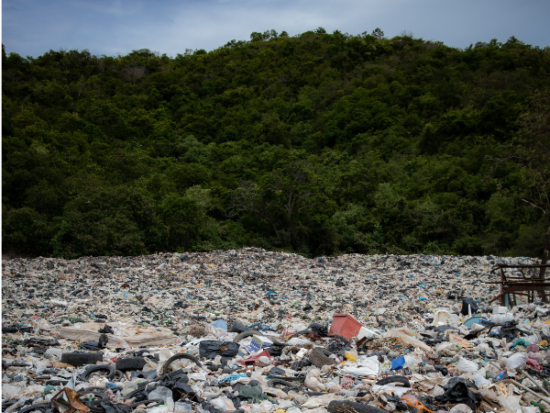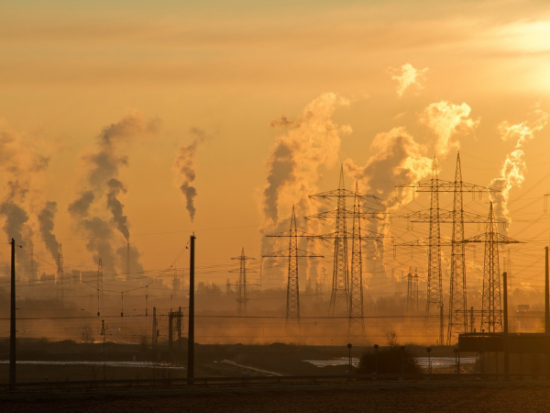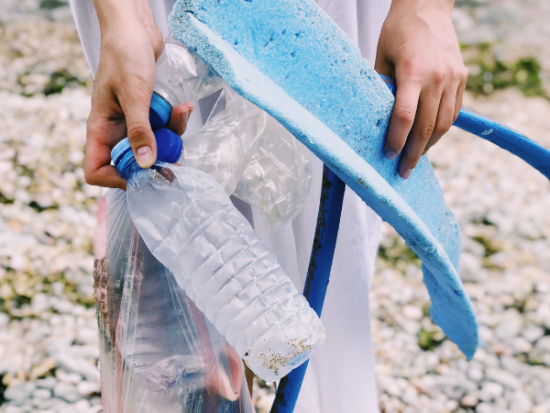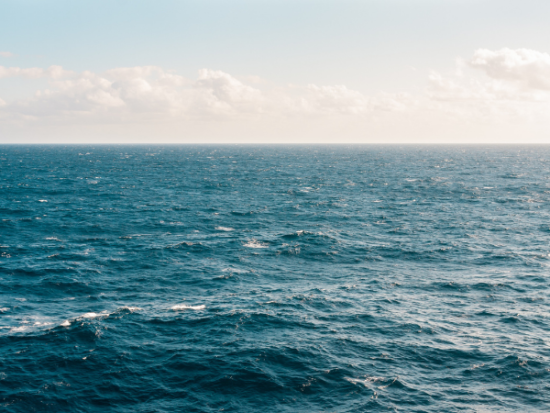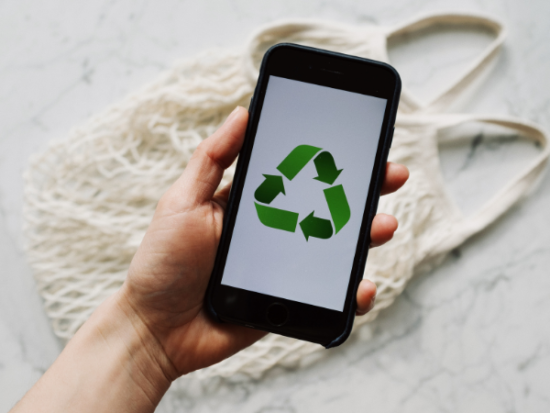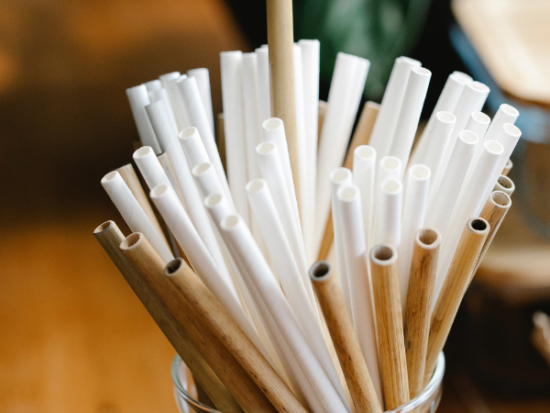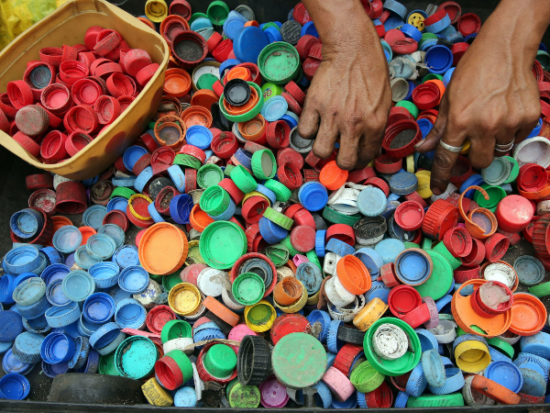How to prevent ocean pollution
How do we prevent ocean pollution? Admit it or not, our world is in ruins, albeit not everyone is aware of or paying attention. For the past decades, the big corporations haven’t systematically planned how all their wastes will be dealt with after being consumed.
Although most of these plastic wastes end up in landfills, there’s still a remaining 3% that enters the ocean contributing to ocean pollution. Our world is made up of 70 percent of water, so it’s not surprising that it became a dump for waste.
Their failed design problem is something we consumers have to deal with. Particularly these tons of throw-away plastic wastes that we just can’t imagine how our planet can still tolerate.
This is how ocean pollution starts. To give you a heads up, almost 8 million tons of plastic end up in our oceans each year. No wonder water pollution is one of the major threats our earth is facing now.
What is currently polluting our ocean?
Not blaming it all on plastic bottles as there are other types of trash and other pollutants that infiltrate the ocean water. Most of these piles of trash end up on beach shorelines which will then be washed away by waves and tides, thus contributing to ocean pollution.
Another major source is oil spills, as these contribute 5% of waste in the marine environment annually. To better fathom what major pollutants contribute to ocean pollution, let’s take a deep dive into these factors.
-
Non-point source pollution
Collectively known as NPS pollution, this type of pollutant is a result of diffuse sources. They are the results of land runoffs, atmospheric deposition, precipitation, seepage, and drainage.
Another cause is snowmelt or rainfall gushing over the ground. As this runoff moves, it carries away human and natural trash, then piling them into rivers, lakes, and groundwaters until finally reaching the oceans and leading to ocean pollution.
-
Point source pollution
This is the complete opposite of NPS (non-point source pollution) as this is direct and easy to identify. Point source pollution comes from a single and confined place. The major sources of this type of pollution are power plants and factories releasing harmful chemicals such as carbon monoxide, heavy metal, sulfur dioxide, and nitrogen dioxide.
Pour plants, oil refineries, and paper mills that use water in their manufacturing process can discharge their wastewater that contains harmful chemicals in rivers, lakes, or the oceans that can also harm marine animals.
-
Garbage patches
Don’t confuse this with those islands of trash you can see on bodies of water. Garbage patches are large ocean areas where trash, fishing gear, and other debris (marine debris) settle. Some of these marine debris ranges from microplastics to large bundles of trash and fishing gear.
They are formed by the rotation of ocean currents and “gyres.” Gyres are like big whirlpools that pull objects in. These gyres pull the debris into one location, forming “patches’, thus the term garbage patches.
-
Algal blooms and nutrients
We all know that too much of something can also be harmful. Nutrients like phosphorus and nitrogen are essential elements for plant growth.
If these nutrients are too abundant in water, it’ll spur the algae’s overgrowth called an algal bloom. These algal blooms can grow to be harmful, which is also known as “red tides.”
Red tides can grow rapidly and produce toxic elements that can affect marine life and human health. Moreover, even if they’re healthy at the right amount, too many of these are major contributors to ocean pollution.
When produced in large amounts and enter a body of water through human activities or natural causes, nutrients can result in dead zones. Dead zones exist when large amounts of algae sink and decompose in water.
The decomposition process consumes oxygen and reduces the supply needed to maintain a balanced and healthy marine life. When this occurs, Marine animals that live in that area either die or leave the dead zone.
-
Marine debris
These are pollutants that can seriously affect and contribute to marine pollution. Marine debris can injure and kill marine life, nutrients. When and it’s all a threat to human safety. These pollutants are solid materials manufactured and disposed of or abandoned in the marine environment.
Nowadays, most of the debris found on beaches comes from sewers, drains, and trash from recreational activities around beach areas. Marine debris is the most common and visible contributor to ocean pollution.
The most hazardous pollutants in the oceans
Since we’ve discussed the main pollutants causing ocean pollution, delving into the most dangerous ones is just as relevant to know.
-
Petroleum pollutants
Mostly coming from oil spills, petroleum is one of the major threats to the marine environment. When the Marine life was affected, their capacity to produce Earth’s oxygen and photosynthesis was reduced.
Thus, whenever there are major oil spills, there’s a significant impact on ecological balance.
-
Mercury
The major cause of these harmful chemicals reaching our oceans is coal burning in homes and industry. When coal burns, mercury vaporizes, spreads in the atmosphere, and reaches the oceans.
Predatory fishes are the most affected as they have high levels of mercury contamination. Not only is this a threat to marine life, but eating contaminated fish is dangerous to humans.
-
Hazardous microorganisms
When coastal pollution and warm seas combine, it results in the formation of these dangerous microorganisms. Vibrio species are harmful bacteria found in warmer waters and responsible for vibriosis – a fatal illness.
When this spreads, it can cause serious infections and is now in existence somewhere in the north. Cholera is also another kind of dangerous microorganism making a huge contribution to ocean pollution.
7 Ways to prevent or help ocean pollution
Even if there are recycling system mandates worldwide, over 90% of plastics are still not recycled, thus causing plastic pollution. While the other factors or causes of ocean pollution are overlooked, knowing how to prevent these prevalent pollution issues is vital.
Together, we can all do better and save marine life and bring about healthy marine life. Here are some simple ways to help our marine environment and end or prevent ocean pollution.
1. Recycle accordingly
It’s inevitable to use plastics, but be sure always to recycle them. Through recycling, you are helping in a major way as you help keep plastics off the oceans, thus reducing ocean pollution.
Recycling also decreases the number of new plastics in circulation. You can check your local government for recycling procedures or search for the nearest recycling center and ask what types of plastic they accept.
2. Lessen your use of single-use plastics
Reduce your use of single-use plastics. As you might already know, single-use plastics include water bottles, cups, straws, utensils, dry-cleaning bags, and any other plastics that are only used once then discarded afterward. If you can, it’s still so much better to say no to straws, plastic lids, bags, and takeaway.
As simple as bringing your utensils whenever eating outside is already a big help to prevent ocean pollution. You can also opt to reuse water bottles, coffee mugs, and bags. Some restaurants even offer discounts if you do.
3. Support local government bans
Most local governments worldwide have implemented bans on single-use plastic bags, bottles, and takeout containers. Support their advocacy in your community, and you’ll see what difference it can make.
4. Join river or beach cleanup drives
You can help remove plastics from the ocean and prevent ocean pollution. You can allot one day of your week to participate in local beach cleanings.
If there’s no program like this, communicate with the local municipality and organize a cleanup drive of your local beach or even waterways. Or when you visit the beach with family and friends, you can start doing it on your own.
5. Show your support for organizations addressing plastic pollution.
Most of the environmentalists forming organizations are non-profit. They aim to reduce Earth’s waste and eliminate ocean plastic pollution.
6. Avoid using products with microbeads.
Microbeads are tiny plastic particles found in your face scrubs, body washes, and toothpaste. They cause ocean pollution by entering through the sewer systems straight to the waterways then the oceans. Search for products without “polyethylene” and “polypropylene.”
7. Spread awareness
Keep yourself informed and updated on issues related to ocean pollution, then spread the word. Inform your family and friends of the ocean’s current polluted situation and help them understand the issues and problems.
Tell them how all of you can be a part of the solution and let them watch documentaries about water pollution.
Related Articles
Key Takeaway
It’s for the fact that we can’t eliminate plastics right off the bat as it has been a part of the fast-food chain industry and other major businesses, whether it be the Pacific Ocean that needs saving or any other ocean global nutrients.
When doing something, even in just small and little ways, can make a difference.

